
Women's history in Canada
Women have contributed in many ways to Canada’s culture and history. Parks Canada and the Historic Sites and Monuments Board of Canada (HSMBC) are pleased to highlight a sample of national historic persons, places and events related to women’s history in Canada.
Do you know of a person, place, or event related to women's history that should be recognized?
Submit a nomination
Featured designations
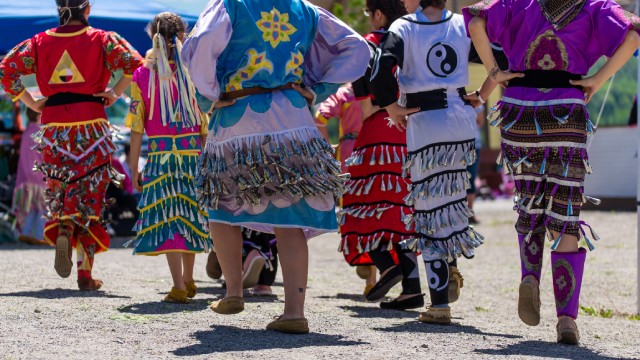
Shiibaashka’igan - The Jingle Dress National Historic Event
Sacred Anishinaabe women’s dress and dance tradition widely adopted by First Nations in Canada and the United States, the shiibaashka’igan – jingle dress has become an official pow-wow dance category since its introduction in the 1960s.
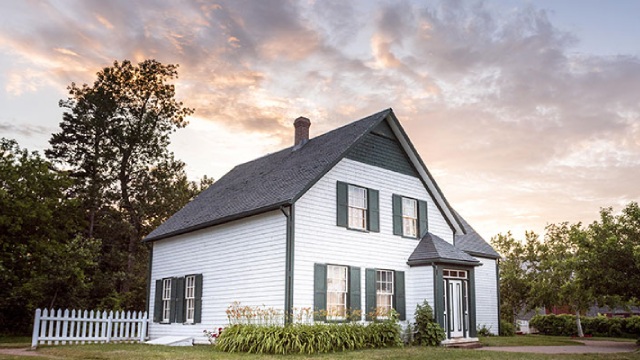
L.M. Montgomery's Cavendish National Historic Site
L.M. Montgomery’s Cavendish National Historic Site is a cultural landscape that author Lucy Maud Montgomery knew so well and made famous in her “Anne of Green Gables” books.
Location : Commemorative plaque: Route 6, Prince Edward Island National Park of Canada, Prince Edward Island
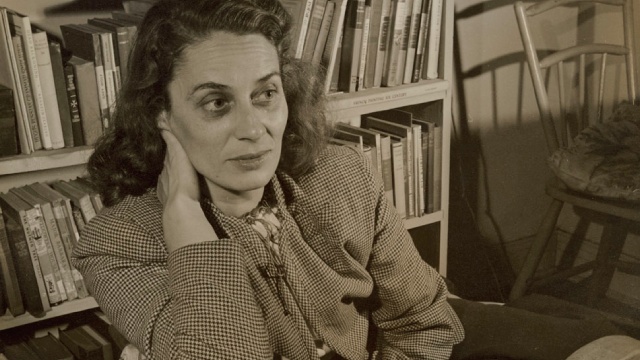
Gabrielle Roy National Historic Person (1909-1983)
Her mastery of the art of story-telling, her profound humanity, and her limpid prose have assured her an enduring place in the literary landscape.
Location : Commemorative plaque: 375 Deschambault Street, St. Boniface, Manitoba
National historic designations by themes
Remarkable persons
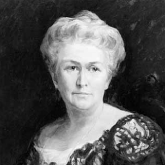
Adelaide Hunter Hoodless (1857-1910)
Advocate of domestic reform, active in YWCA, National Council of Women and VON, Adelaide Hunter Hoodless was also active in founding three faculties of household science and the Womens' Institutes.
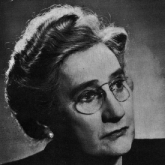
Agnes Campbell Macphail (1890-1954)
Agnes Campbell Macphail was the first woman to be elected to the House of Commons (1921) following the enfranchisement of women in Canada.
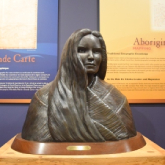
Charlotte Small Thompson (1785-1857)
Charlotte Small Thompson is a representative of the many Indigenous women who formed significant partnerships with fur traders during the 18th and 19th centuries.

Chloe Cooley
Chloe Cooley was an enslaved woman of African descent living in Queenston, Upper Canada. Her courageous actions exemplify the resistance of enslaved women.

Dr. Frances Gertrude McGill (1882-1959)
Remarkable forensic pathologist, physician, bacteriologist, criminologist and teacher, Dr. Frances Gertrude McGill contributed to the advancement of forensic science in Canada, providing significant leadership in this field as a woman.
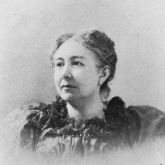
Edith Jessie Archibald (1854-1936)
For more than thirty years, activist, reformer and philanthropist Edith Jessie Archibald championed the right of women to vote in Nova Scotia, a goal that was finally achieved on 26 April 1918.
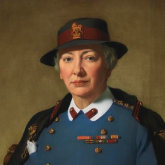
Elizabeth Smellie (1884-1968)
Assistant Matron-in-Chief during the First World War, Elizabeth Smellie was also Matron-in-Chief during the Second World War.
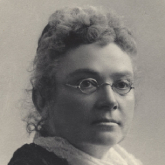
Dr. Emily Stowe (1831-1903)
First female practising doctor in Canada, Dr. Emily Stowe was a crusader for female suffrage and higher education for women.

Enid Gordon Graham (1894-1974)
Enid Gordon Graham is widely recognized as the founder of physiotherapy in Canada.
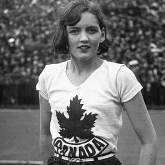
Ethel Catherwood (1908-1987)
Ethel Catherwood set multiple national and world records in track and field between 1926 and 1930 and helped to expand the perceived limits of athletic performance for women in sports.

Fanny 'Bobbie' Rosenfeld (1903-1969)
Fanny 'Bobbie' Rosenfeld was Canada's outstanding female Athlete of the half-century (1900-1950). She led the Canadian women's team to victory at the 1928 Amsterdam Olympics with a gold and silver medal.

Florence Wyle (1881-1968)
One of Canada's leading, most talented and prolific sculptors, Florence Wyle was the first female sculptor to become a full member of the Royal Canadian Academy of Arts in 1938.
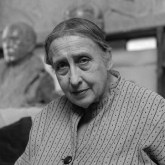
Frances Loring (1887-1968)
Frances Loring was one of Canada's leading and most talented sculptors during the peak of her career from 1920 to about 1948.
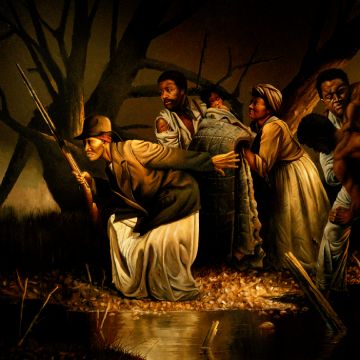
Harriet Tubman (circa 1822-1913)
Having courageously led many refugees from American enslavement to safety, Harriet Tubman became the public face of the Underground Railroad in British North America.
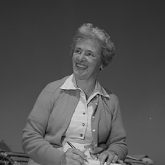
Helen Creighton (1899-1989)
Pioneering folklorist Helen Creighton amassed one of Canada's largest collections of songs, tales, customs, and material culture between 1928 and 1975.
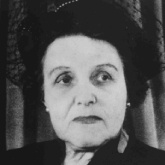
Irma LeVasseur (1877-1964)
One of the pioneers of paediatrics in Canada, Irma LeVasseur was the co-founder of two hospitals for children.
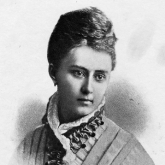
Isabella Valancy Crawford (1850-1887)
Poet and writer, Isabella Valancy Crawford is best remembered for her long poems "Malcolm's Katie" and "Old Spookses' Pass".
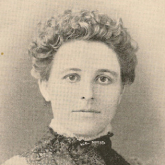
Jean (McKishnie) Blewett (1862-1934)
Jean (McKishnie) Blewett was a popular early 20th-century poet and journalist.
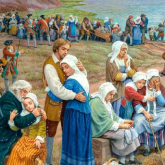
Jeanne Dugas (1731-1817)
Jeanne Dugas' life illustrates the experiences of Acadians in the eighteenth and early nineteenth centuries, before, during and after the Grand Dérangement (the Deportation).
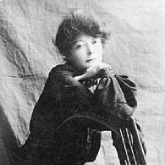
Kathleen Blake Coleman (1856-1915)
Kathleen Blake Coleman was an innovative editor of the woman's page of the Toronto Daily Mail (after 1895, the Mail and Empire) from 1889 to 1911.
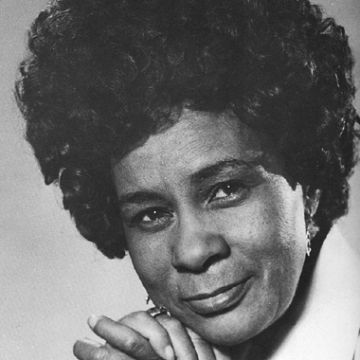
Kathleen 'Kay' Livingstone (1918-1975)
Actively engaged in creating a Canada-wide network of Afro-Canadian women, Kathleen 'Kay' Livingstone was a driving force behind the first National Black Women's Congress (1973).
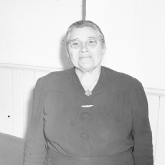
‘Wii Niisł Puuntk (Lucille Clifton) (1876-1962)
Former Laxsgiik (Eagle Clan) leader, ‘Wii Niisł Puuntk (Lucille Clifton) is an outstanding example of a centuries-old role held by prominent Gitga'at (Tsimshian) women in this matrilineal society. She held traditional knowledge and passed on cultural practices.
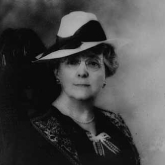
Lucy Maud Montgomery (1874-1942)
Lucy Maud Montgomery was a novelist and writer of world-renowned "Anne of Green Gables" books set in Prince Edward Island.
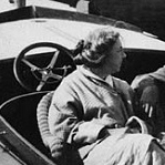
Mabel Hubbard Bell (1857-1923)
Wife and collaborator of Alexander Graham Bell, Mabel Hubbard Bell was a community organiser and philanthropist.
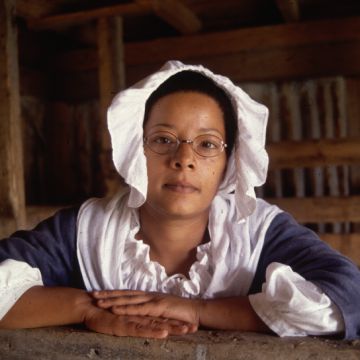
Marie Marguerite Rose (1717-1757)
Marie Marguerite Rose was a key figure in the initial phase of Black enslavement in Canada and she stood out among emancipated enslaved people in New France.

Marie Rose (Delorme) Smith (1861-1960)
Community builder, homesteader, rancher and author, Marie Rose (Delorme) Smith exemplified the leadership of a Métis woman.
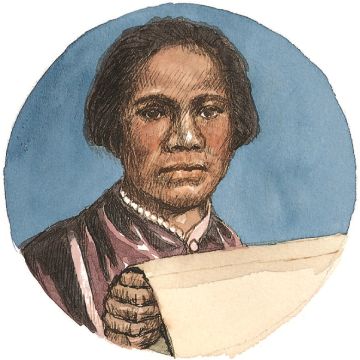
Mary Ann Shadd (1823-1893)
Mary Ann Shadd became a prominent activist in the Underground Railroad refugee communities of Upper Canada during the 1850s. She was a newspaper editor and leader of Black Refugee Movement.
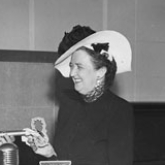
Mary Grannan (1900-1975)
Gifted teacher, popular author, and pioneering broadcaster, Mary Grannan brought the vitality of children’s imaginative worlds to Just Mary and other innovative programs she created and produced for the Canadian Broadcasting Corporation between 1939 and 1962.

Mazo de la Roche (1879-1961)
Mazo de la Roche was a prolific writer whose works include novels, short stories, plays, and autobiography. She is best known for novels of the Whiteoak family of Jalna.
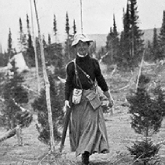
Mina Benson Hubbard Ellis (1870-1956)
At the turn of the 20th century, explorer, surveyor, and exploration writer Mina Hubbard Ellis led an expedition to survey the last unmapped area of eastern Canada.

Nahnebahwequay (1824-1865)
Nahnebahwequay was a leader and activist in the fight for First Nation land rights in the mid-19th century.
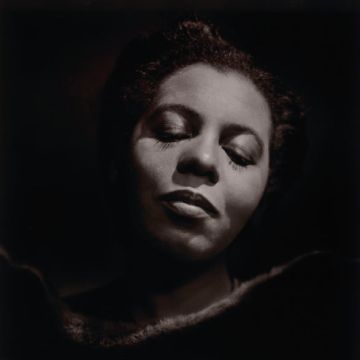
Portia May White (1911-1968)
Portia May White was an acclaimed vocalist from the Black Nova Scotian community.
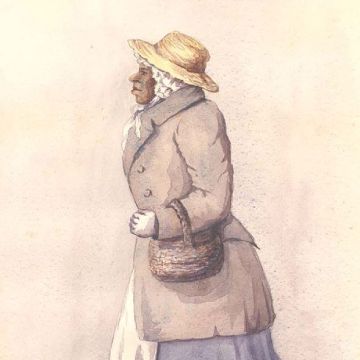
Rose Fortune (circa 1774-1864)
Rose Fortune’s life and accomplishments represent the struggle of Black Loyalists, including the unique challenges facing Black Loyalist women, in colonial Nova Scotia during the 18th century.

Sara Jeannette Duncan (1861-1922)
Sara Jeannette Duncan is a well-known figure both in Canadian literature and in the history of women in journalism.
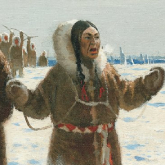
Thanadelthur (died 1717)
Thanadelthur was an Indigenous woman who created a bridge between two cultures. She played an important role in the English fur trade in the Canadian north in early 18th-century.
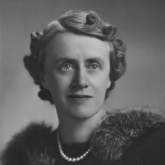
Thérèse Casgrain (1896-1981)
Thérèse Casgrain was a reformer, women's rights activist and politician. As a founder of the Fédération des femmes du Québec in 1966, she helped to breathe new life into the Quebec and Canadian feminist movement.
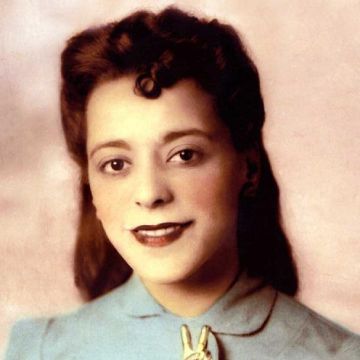
Viola Desmond (1914-1965)
African-Canadian business woman, Viola Desmond was also a civil rights activist. Desmond’s resistance to racial discrimination was an important milestone in Canada’s human rights history and an inspiration for the civil rights movement in this country.
Defining events
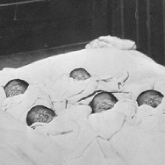
The Dionne Quintuplets
Born in May 1934, the birth and survival of five identical, premature and undersized infants was an unprecedented event that captivated the world and brought attention to a small Ontario town.
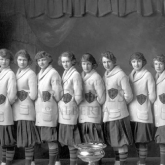
Edmonton Grads
In a twenty-five year history, beginning in 1915, the women of the Commercial Graduates Basketball Club, coached by J. Percy Page, achieved world recognition.
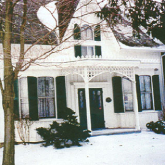
First Women's Institute
The foundation of the first women's institute in Canada in 1897, an organization that played a vital role in thousands of small communities.

Military Nurses
Since 1885, thousands of Canadian nurses have provided skilled and compassionate care to the sick and wounded in battle.
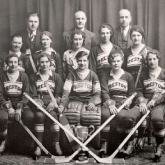
Preston Rivulettes Women’s Hockey Team
Considered the most successful early women’s hockey team, the Preston Rivulettes had an almost unbelievable record of winning more than 95 percent of their games during the team’s ten-year existence.
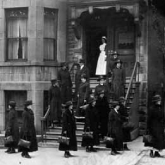
Victorian Order of Nurses (VON)
The Victorian Order of Nurses is a major national organization which provides health services to poor and isolated Canadians.
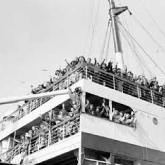
War Brides
Between 1942 and 1948 some 48,000 women, accompanied by 22,000 children, mostly from Great Britain, landed at Pier 21 as wives of Canadian servicemen stationed abroad during the Second World War.
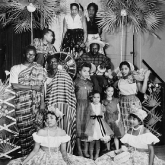
West Indian Domestic Scheme (1955-1967)
The West Indian Domestic Scheme was a targeted immigration program through which approximately 3,000 women from the Caribbean came to Canada to work as domestic servants.
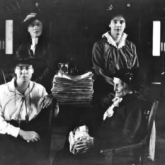
Winning of the Vote by Women
Democracy, political equality and full citizenship were all advanced when Canadian women won the right to vote in the early 20th century.
Significant sites
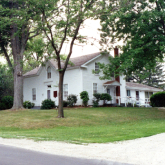
Adelaide Hunter Hoodless Homestead
Early nineteenth-century wood-frame farmhouse located in Ontario, its heritage value lies in its direct association with Adelaide Hunter Hoodless, who was active in founding faculties of household science and the Womens' Institutes.
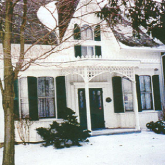
Erland Lee (Museum) Home
This 19th-century farmhouse is the birthplace of Women's Institutes (WI), an organization that played a vital role in thousands of small communities. Supported by her husband Erland, Janet Lee drafted the constitution of the Stoney Creek Women's Institute here in 1897.

No time to read?
Hear about Dawson's Gold Rush heyday and the boom/bust cycle of the sex work industries, and learn more about Dawson Historical Complex National Historic Site.
Search through over 3,600 designations listed in the Directory of Federal Heritage Designations (DFHD)
The Directory of Federal Heritage Designations offers a complete list of federal designations stemming from various programs. It includes information on districts, buildings, events, railway stations, lighthouses and people who are of historic value or interest.